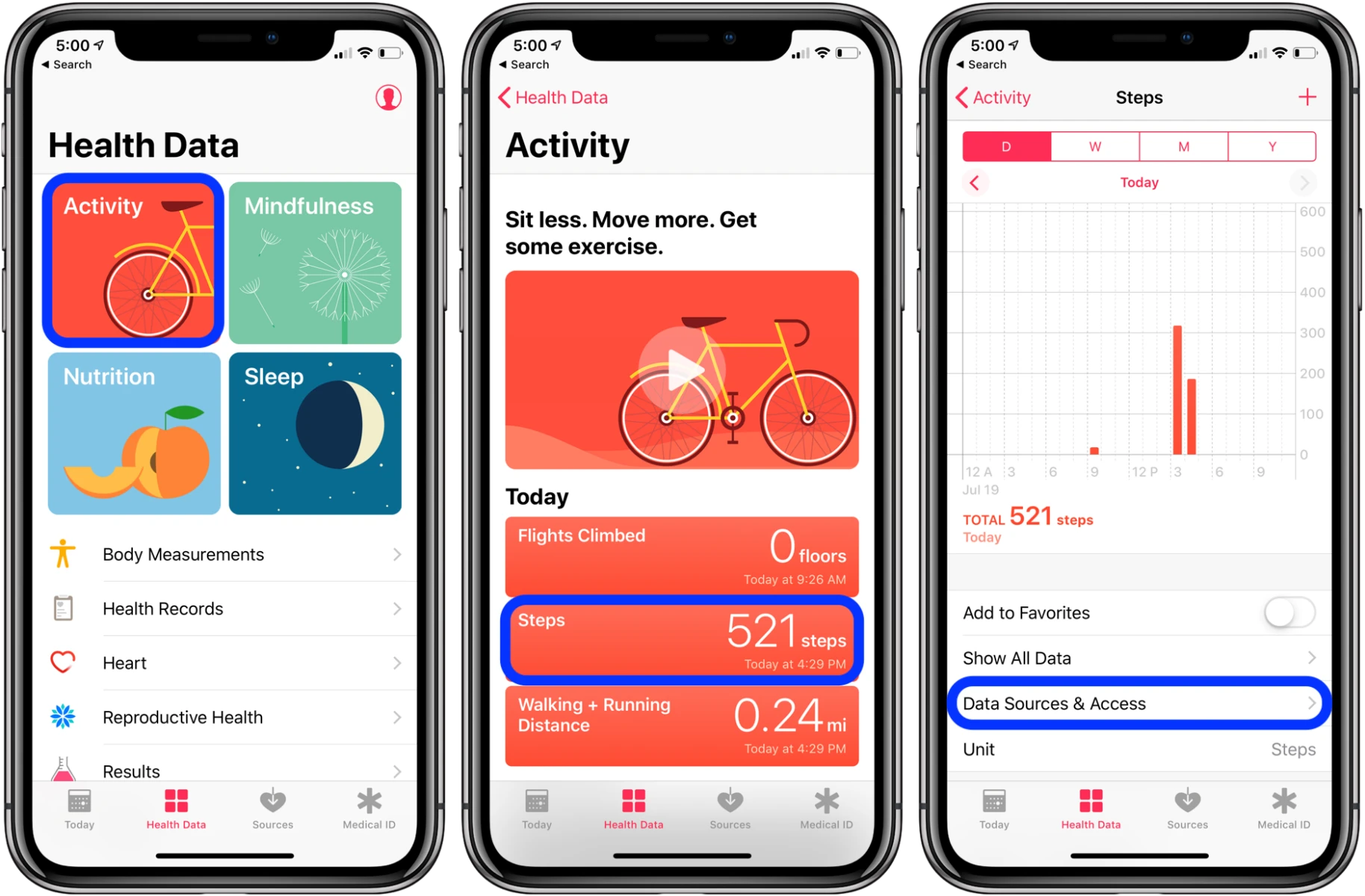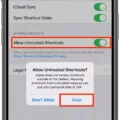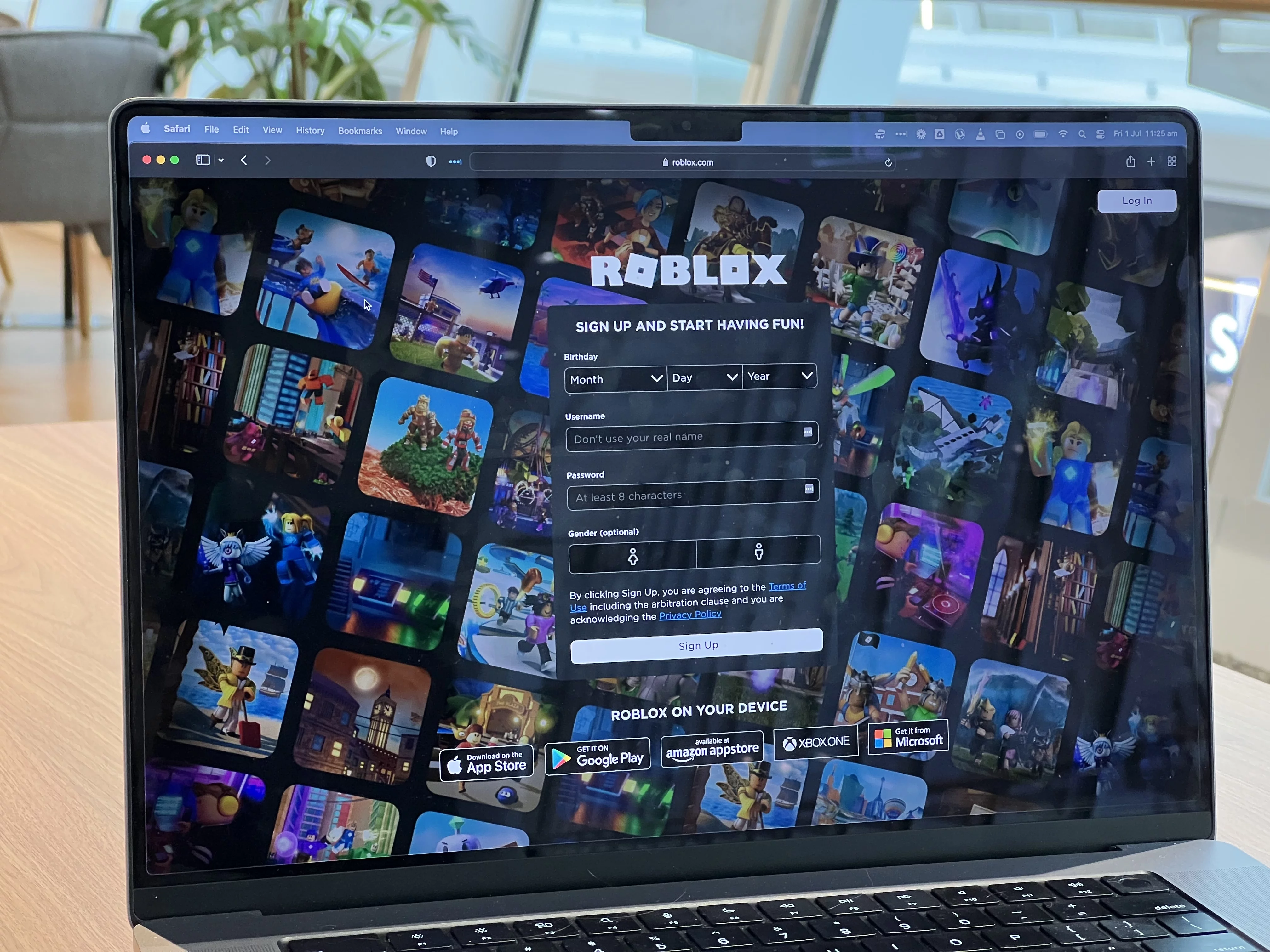Are you looking to import health data to your iPhone? With Apple’s Health app, you can easily keep track of your health information and share it with your doctor or other healthcare professionals. But transferring your health data from one device to another can be tricky. Fortunately, there are several ways you can make sure that your Health data is safe and secure when moving it between devices.
One way to transfer your Health data is by using Apple’s iCloud service. iCloud allows you to store and sync all of your important files between devices, including Health Information. To use this method, first make sure that iCloud is enabled on both the old and the new device. Then log in to the same account on both devices and enable “Health” in the iCloud settings. Once you have done this, all of your Health data will be synchronized between the two devices automatically.
Another way to transfer Health data is by using iTunes. iTunes makes it easy for users to back up their data so that they don’t have to worry about losing it if something happens to their device. To move your Health data via iTunes, connect both devices to a computer with iTunes installed and select “Restore from Backup” under the File tab in iTunes. Select the backup which contains the Health data you need to recover from then wait for iTunes to finish restoring.
Lastly, if neither of those methods works for you, there is always the option of manually importing your health data using a CSV file (comma-separated values). You can create a CSV file containing all of your health information then select it in the Health app on your new iPhone and hit “Import”. Make sure not to include entries that have already been imported as this could lead to duplicate entries in the Health app!
No matter which method you choose, transferring health data from one device to another doesn’t have to be complicated or time-consuming! With these tips and tricks, you should have no problem moving all of your important health information safely and securely between iPhones or other Apple devices.

Importing Data into Apple Health
Yes! You can easily import data into Apple Health. All you need to do is select a CSV file, assign the columns to be imported, and hit the Import button. This will allow you to quickly and easily bring data from other sources into Apple Health in just a few clicks. Just make sure your CSV data does not have previously imported entries so that you don’t create duplicate data in health. With this convenient feature, it’s easier than ever to keep all your health information in one place!
Transferring Health Data to a New iPhone
To transfer your Health data to a new iPhone, you’ll need to make sure that the Health app is enabled on both devices. Start by going to Settings > Apple ID > iCloud on your old iPhone and checking to see if the Health option is toggled on. If it is, then all you have to do is log in with the same Apple ID on your new iPhone, and all of your health data will be automatically synchronized from the old device.
Restoring Health App Data on an iPhone
To restore your Health app data on your iPhone, you should follow the steps below.
1. On your iPhone, go to Settings > General > Reset > Erase all Content and Settings.
2. Once the reset is complete, set up your device and choose Restore from iCloud Backup in the Apps & Data screen.
3. Sign in with your iCloud Apple ID and select the backup which contains the Health data you need to recover.
4. Once selected, wait for the process to finish before using your Health app again with all of its previous data intact!
Transferring Health Data from iCloud to iPhone
To transfer your Health data from iCloud to your iPhone, you’ll first need to make sure that you have iCloud Drive enabled on both devices. Then, open the Health app on your iPhone and tap Profile in the top right corner. Select Data Sources & Access, then select the option to enable iCloud. Next, select Merge when prompted, and confirm that you want to merge your data. Your Health data should now be available on your iPhone.
Importing Medical Records to Apple Health
To import your medical records to Apple Health, open the Health app on your device, and tap the Summary tab. Then, tap your profile picture in the upper-right corner. Under Features, tap Health Records, then tap Get Started. You will be asked to enter your contact information and medical provider details. Once you have entered this information, select which records you would like to add from your provider’s list of available options. You can also add another provider by scrolling down to Features and tapping Add Account. After adding this information, you will be able to view all of your medical records in Apple Health.
Exporting Apple Health Data
Yes, you can export your Apple Health data! To do so, simply open the Health app on your iPhone or iPad and tap your picture or initials at the top right. If you don’t see your picture or initials, tap Summary or Browse at the bottom of the screen, then scroll to the top of the screen. Next, tap Export All Health Data, then choose a method for sharing your data. You can share it as an XML file via AirDrop, Messages, Mail, or another app that supports file sharing. Once you’ve chosen a method for sharing your data, simply follow the on-screen instructions to complete the process.
Syncing Apple Health with iCloud
To sync your health and fitness information in the Health app with iCloud, you must sign in with your Apple ID. After signing in, your information will be securely transferred to iCloud where it is encrypted for storage. Your data will sync automatically whenever you make changes on one of your devices. To ensure that all of your data is up-to-date across all of your devices, make sure that iCloud Backup is enabled and that you are connected to Wi-Fi or cellular data.
Conclusion
The iPhone is one of the most advanced and popular smartphones available on the market today. It offers users a range of features, from its intuitive touchscreen interface to its powerful camera and wide range of apps. Additionally, the iPhone has a range of health-related features, such as tracking steps and calories burned, that can help users stay fit and healthy. Furthermore, it is possible to restore Health data from iTunes or iCloud onto a new iPhone, making it easy to transfer health data when upgrading or replacing an old device. In conclusion, the iPhone is an excellent choice for those looking for a feature-rich smartphone with comprehensive health-tracking capabilities.








